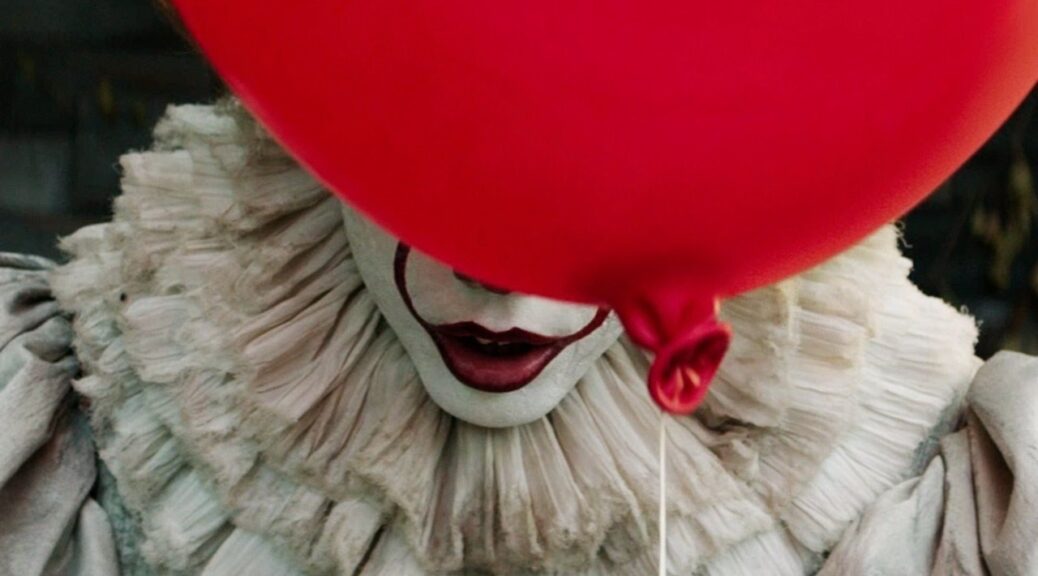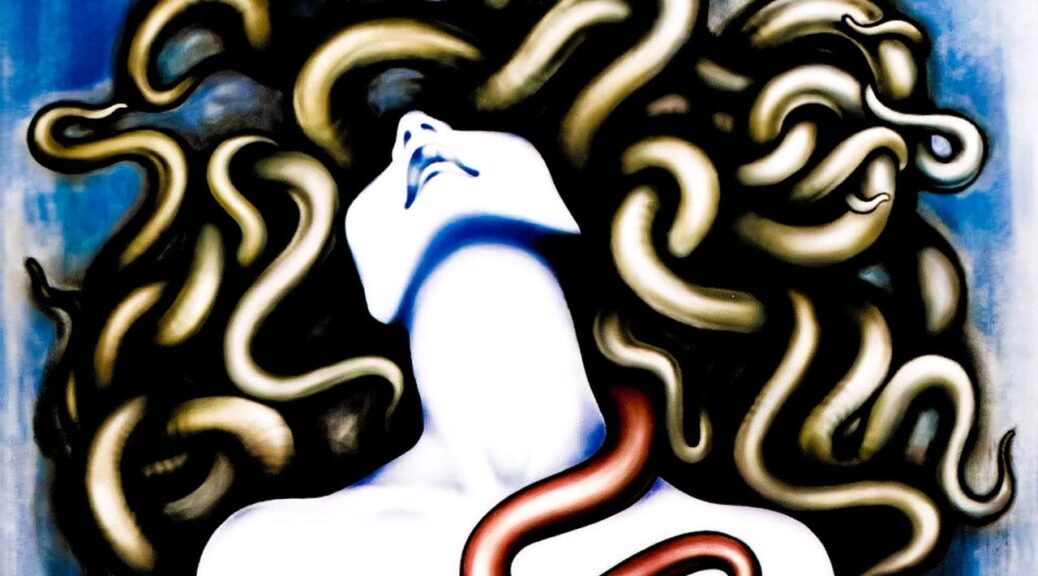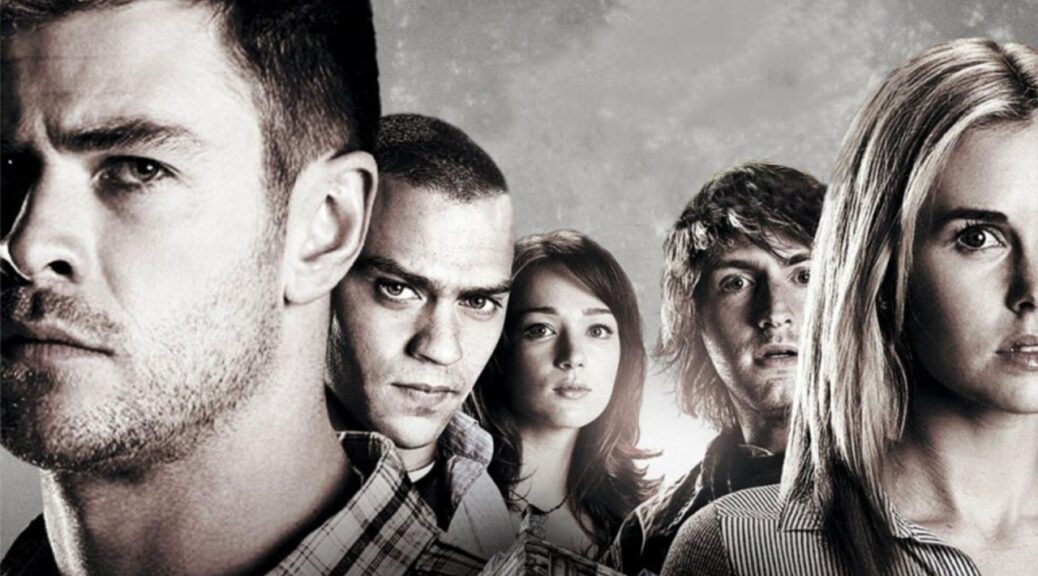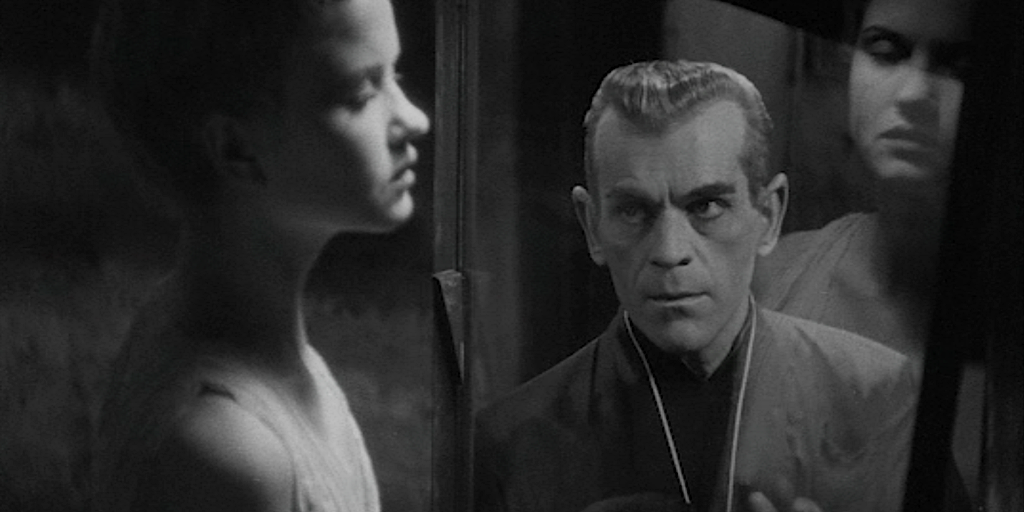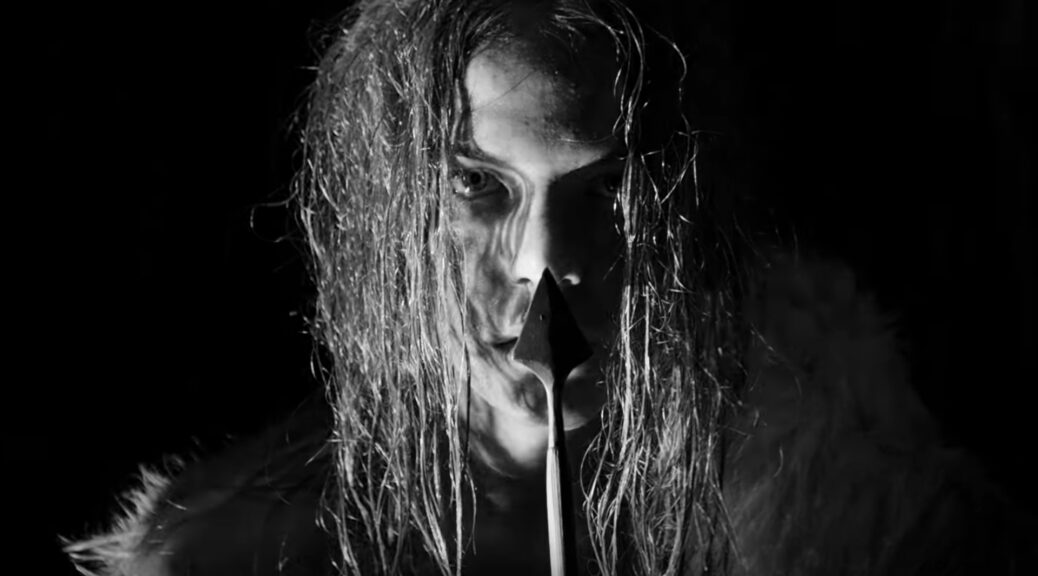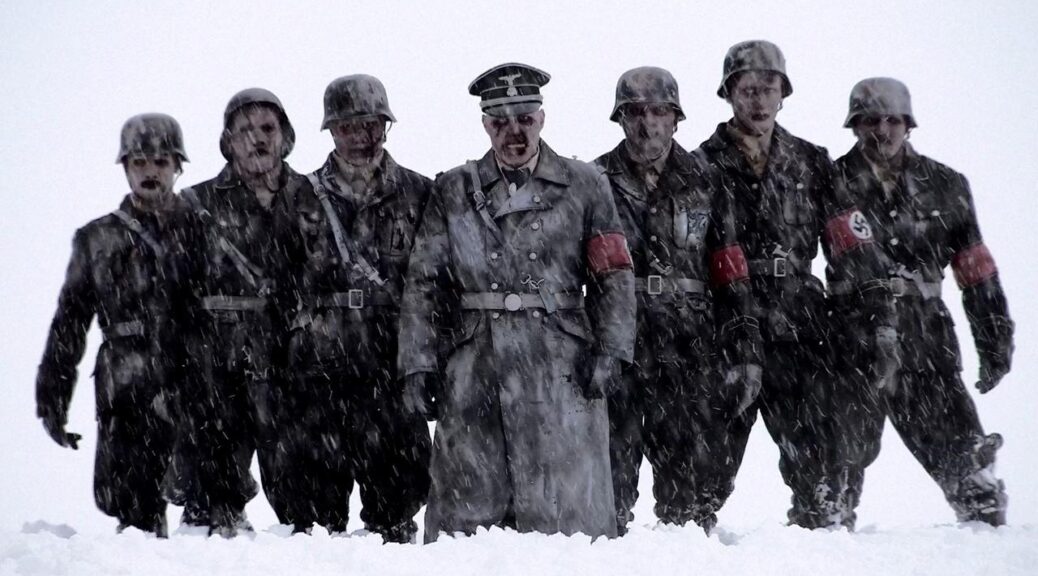We wanted to call this Dressed to Kill, but that would just be confusing. No, this is not about dressing the part [or about horror’s terrible history of confusing sexual orientation with psychosis]. Nope. This is about actual killer clothing.
5. The Red Shoes (2005)
In 2005, Kim Yong-gyun updated the old, horrifying Hans Christian Anderson story of vanity. Do you know that one? Spoiled girl with pretty red shoes is cursed so the shoes never stop dancing, her only relief is to have her feet cut off? Excellent children’s fare!
Like a lot of Asian horror of the time, the film follows a newly single woman and her daughter as they move into a shabby new apartment before finding a cursed object – in this case, shoes that are actually pink.
Though Sun-jai (Kim Hye-soo) brought home the discarded pair she found at the subway for herself, it’s her daughter (Park Yeon-ah) who becomes obsessed with them. Too bad they keep killing people!
There’s the obligatory sleuthing into the mysterious curse, but the filmmaker keeps you guessing, keeps the blood flowing, and comes up with a solidly creepy little gem.
4. Deerskin (2019)
What makes a good midlife crisis? What gives it swagger? Physicality? Style? Maybe a little fringe?
Deerskin.
Welcome to another bit of lunacy from filmmaker Quentin Dupieux. As he did with 2010’s Rubber (a sentient tire on a cross-country rampage), Dupieux sets up one feature-length joke.
It’s funny, though.
Deerskin is also slyly autobiographical in a way Dupieux’s other films are not. An odd duck wants to follow his vision (in this case, the obsessive love of a deerskin jacket) and make a movie. Creative partnerships and collaboration, while possibly necessary, also soil the vision and make the filmmaker feel dumb.
No one understands him!
Or maybe they do and his ruse is up.
No matter. He still has killer style.
3. Slaxx (2020)
Absurdism meets consumerism in co-writer/director Elza Kephart’s bloody comedy, Slaxx.
Sehar Bhojani steals every scene as the cynical Shruti, but the jeans are the real stars here. Kephart finds endlessly entertaining ways to sic them on unsuspecting wearers.
Where Romero mainly pointed fingers at the hordes mindlessly drawn to stores like CCC, Kephart sees the villains as those perpetuating clean corporate hypocrisy. Still, it’s their customers and workers she murders—by the pantload.
2. Clown (2014)
Sympathetic, surprising, and often very uncomfortable, Jon (Spider-Man franchise) Watts’s horror flick, though far from perfect, does an excellent job of morphing that lovable party favorite into the red-nosed freak from your nightmares.
Because clowns are terrifying.
Kent (a pitiful Andy Powers) stumbles across a vintage clown outfit in an estate property he’s fitting for resale. Perfect timing – his son’s birthday party is in an hour. What a surprise this will be, unless the suit is cursed in some way and will slowly turn Kent into a child-eating demon.
It does! Hooray!!!
1. In Fabric (2018)
My last note after watching In Fabric: “Well, that was weird.”
Weird in a good way. The film follows a red Ambassadorial Function Dress and the havoc it wreaks on its wearers.
Strickland, apparently, is about as fond of consumerism as Romero or Cronenberg. He’s also as fond of the color red as Argento. Unlike the giallo films that clearly inform Strickland’s aesthetic, here commerce, not violence itself, is the seductive, sexualized element.
Nobody blends giallo’s surrealistic seduction with dry British wit (two elements that, to be honest, should not fit together at all) like Peter Strickland. Subversive and playful while boasting a meticulous obsession with the exploitation films of the Seventies, Strickland creates vintage-futuristic fantasies that live outside of time and evoke both nostalgia and wonder.

